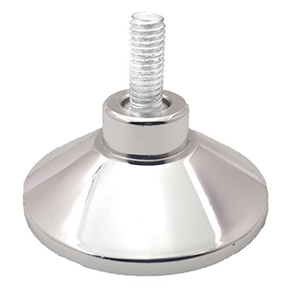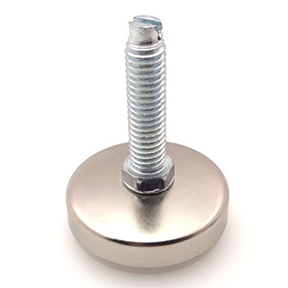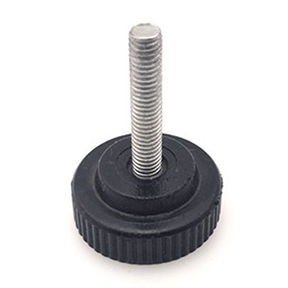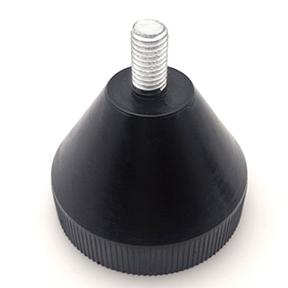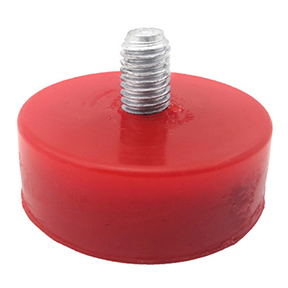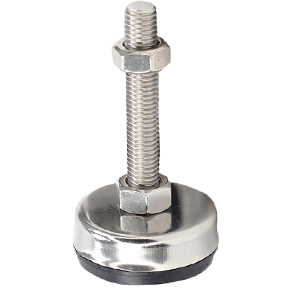US to boost nuclear missile defence to counter N Korea
2013-03-16 08:36:50
The US plans to bolster its missile defences on the west coast to counter the threat from North Korea, Defence Secretary Chuck Hagel has announced.
He said the US would add 14 interceptors, which can shoot down missiles in flight, to 30 already in place in California and Alaska by 2017.
Mr Hagel cited a "series of irresponsible and reckless provocations" recently by North Korea.
Pyongyang carried out a third nuclear test last month.
A statement in North Korean state media last month also threatened the US with a pre-emptive nuclear strike.
Europe plan shelved
However, analysts say the regime is years away from producing a missile capable of carrying a nuclear warhead to the US.
"The US has missile defences to protect us from limited ICBM [Inter-Continental Ballistic Missile] attacks," Mr Hagel told Friday's press conference.
"But North Korea in particular has recently made advances in its capabilities and has engaged in a series of irresponsible and reckless provocations."
The defence secretary said the US needed to "stay ahead of the threat".He said the additional 14 interceptors would be deployed to Fort Greely in Alaska at a cost of about $1bn (£660m).
As part of the strategy, the US will also deploy a radar-tracking station in Japan.
The Pentagon will shift some of the funding away from the missile defence programme it has been setting up in Europe.
Mr Hagel said US commitment remained "ironclad" to the European shield, and that missile batteries would be established in Poland and Romania by 2018.
But he said another part of the plan had been shelved until 2022, without specifying what had been postponed.
Reports said the part of the plan he had shelved was the final phase that would have seen batteries deployed capable of shooting down intercontinental missiles by 2020.
President George W Bush first proposed a defence shield in Europe, which had incensed Russia.
His successor Barack Obama rolled back on the plans, announcing a much smaller deployment.
Friday's announcement represents a further toning down of the plans.
The Pentagon said its top North Korea official would be visiting Russia and Germany next week.
The Alaska and California sites were built during the presidency of George W Bush as protection from a possible strike by North Korea.
Technical difficulties with the interceptors slowed their installation.
When asked about the "poor performance" of interceptors during recent trials, Mr Hagel said further tests would be carried out this year.
"We have confidence in our system," he said, "and we certainly will not go forward with the addition of the 14 interceptors until we're sure we have the complete confidence we need."
Previous:Francois Hollande defends Syria weapons plan Next:Vatican denies Dirty War allegations against Pope
Related News
- Fracture repair knowledge ruled handwheel handle
- Troubleshooting ruled bakelite hand wheel and troubleshooting
- Ruled handwheel is a natural bakelite handwheel
- Bakelite valve installation, operation and maintenance
- New pressure-filled rubber mold bakelite handle
- Large hydro elastic metal plastic Thrust Bearing Technology
- Our robot industry development trends
- CNC machine tools towline Forecast
- Rotating the handle needle valve
- Rotation of the handle shut-off valve


